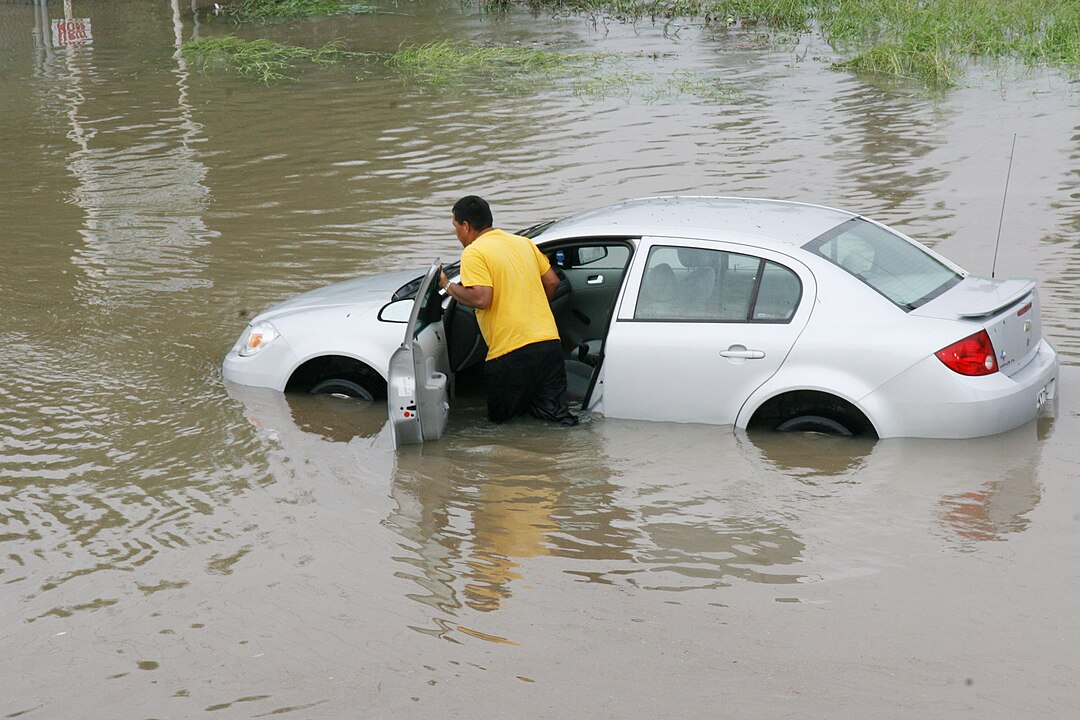Survival advice spreads easily because it feels brave and decisive, especially when it comes from movies, campfire stories, or a confident friend. In an actual emergency, those same myths can drain strength, speed up hypothermia, or turn fixable problems into fatal ones. Real survival tends to reward quiet planning, not dramatic improvisation. Looking at a few popular “tricks” shows how far they drift from medical and rescue practice, and why boring, tested habits give far better odds than legendary hacks.
Drinking Urine To Stay Hydrated
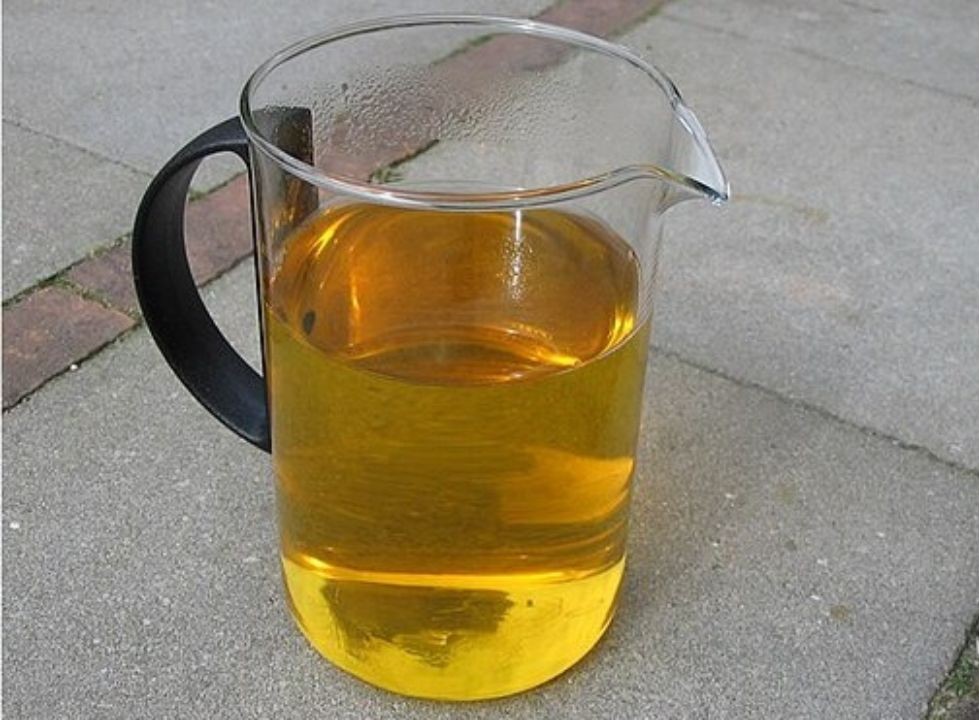
The idea of drinking urine in a desert or lifeboat sounds like tough-minded resourcefulness, but the biology does not cooperate. Urine is mostly water at first, yet it also carries salts, urea, and other waste the body is trying to push out. As dehydration deepens, that liquid turns even more concentrated, forcing already stressed kidneys to work harder. Instead of buying time, it can worsen nausea, confusion, and organ strain, while shade, rationing, and calm movement protect survival far more.
Sucking Out Snake Venom From A Bite

The familiar scene of someone cutting an X over a bite and sucking out venom looks heroic, yet it does not match medical reality. Venom spreads quickly through lymph and blood; suction from a mouth or cheap pump barely reaches those deeper spaces and often pulls out mostly blood. Cutting the wound adds tissue damage and raises infection risk. Time and energy spent on this ritual only delay the real priorities: immobilizing the limb, keeping the victim calm, and reaching professional care.
Using Moss As A Reliable Compass
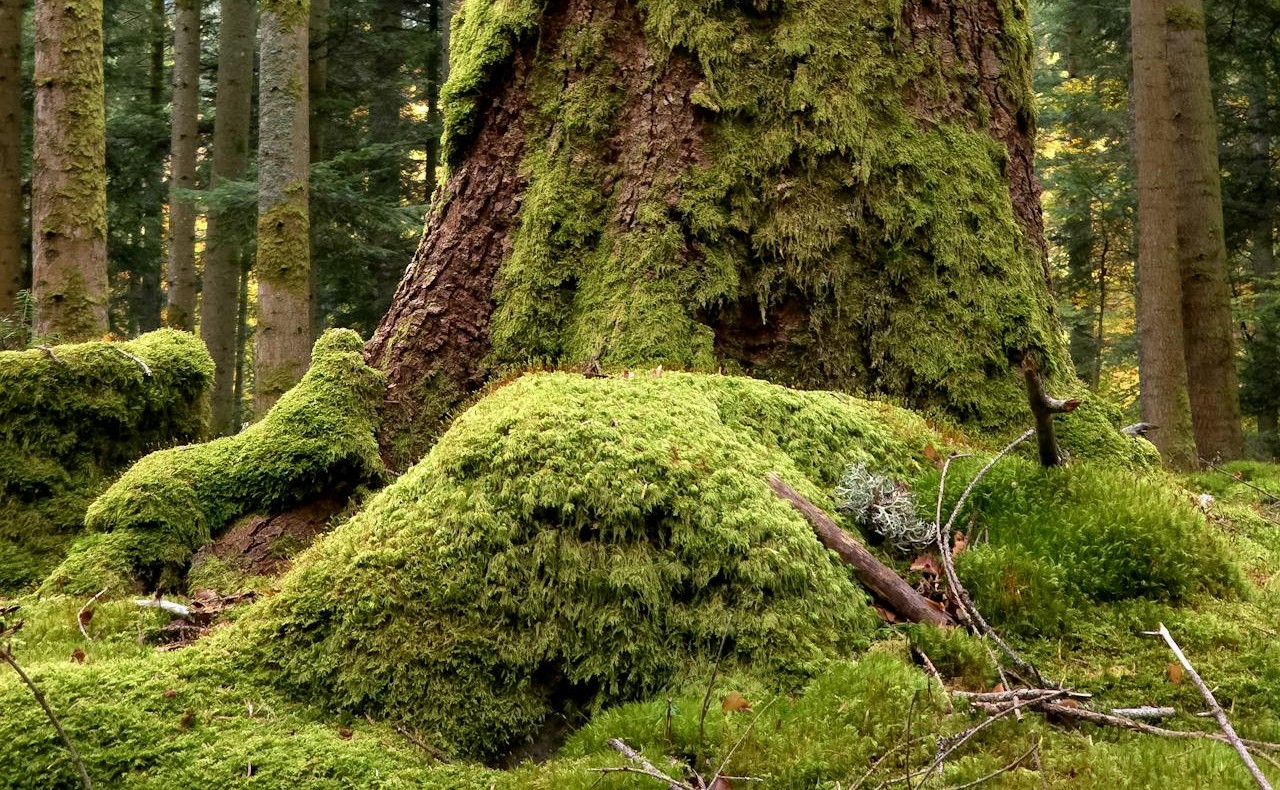
Many people learn that moss always grows on the north side of trees, as if forests secretly provide free compasses. Moss simply prefers moisture and shade, which might be on the north, south, or even all sides, depending on wind, terrain, and canopy cover. Trusting a single mossy trunk invites circles and false confidence in rough country. Real navigation leans on a map and compass, careful note of landmarks, the sun’s path, and the humility to stop and verify direction often.
Eating Snow Directly For Water
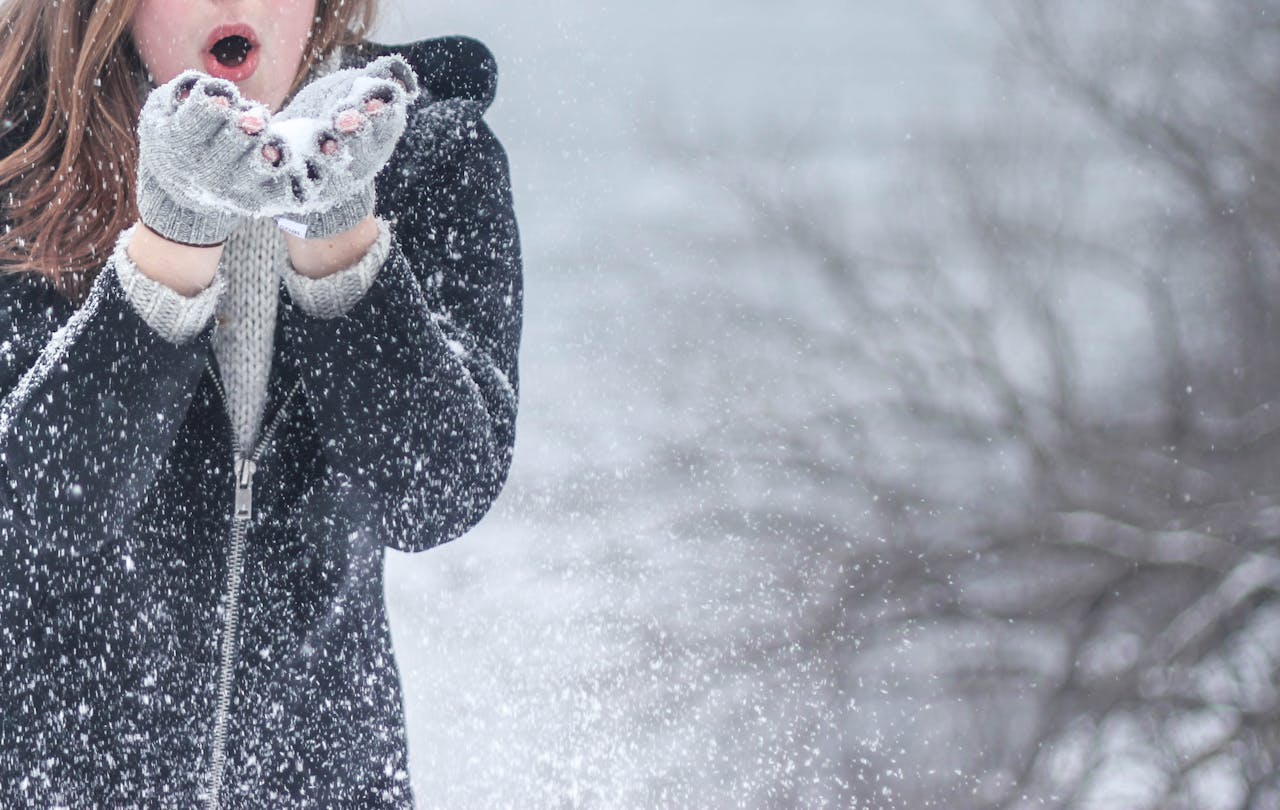
Snow tempts anyone stranded in winter, bright and clean and seemingly endless. Eating it straight from the ground or branch forces the body to spend precious energy and core heat melting that ice inside the stomach. Core temperature can slip downward while thirst never fully eases, leaving a colder, more exhausted person facing the same navigation and shelter problems. Melting snow in a pot, bottle, or even a container tucked under clothing is slower but keeps body heat where it belongs.
Rubbing Frostbitten Skin To Warm It Up
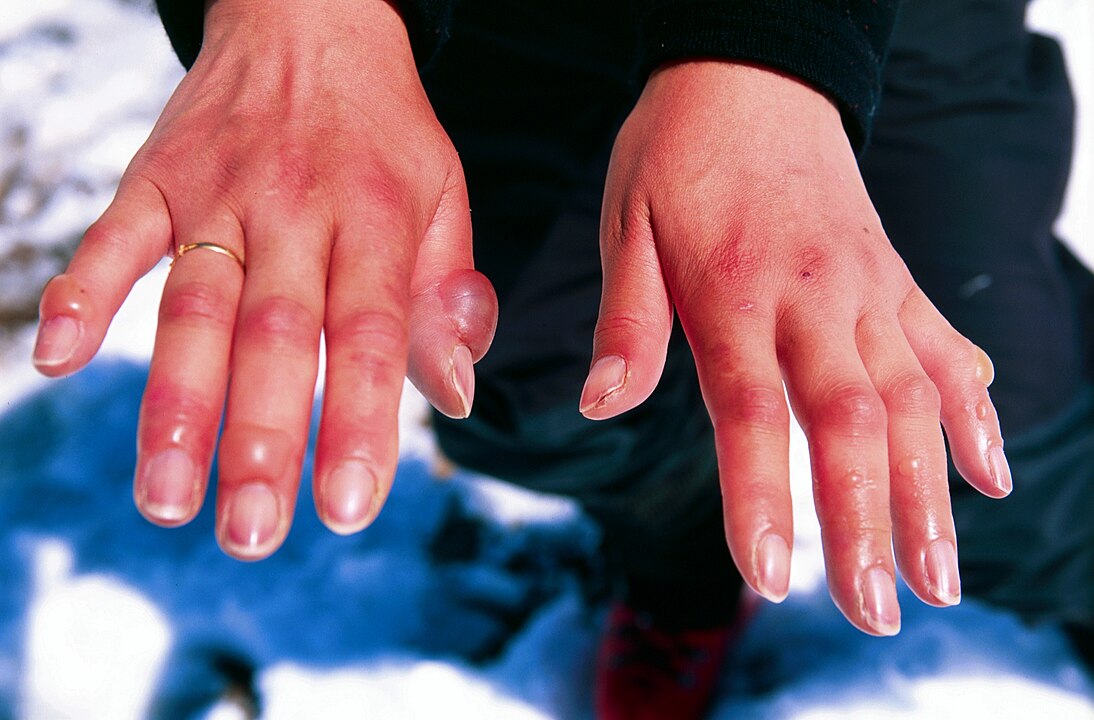
Rubbing numb fingers or toes feels like a caring, instinctive reaction, yet frostbitten tissue behaves like fragile glass. Friction from hands, snow, or rough fabric can shred cell structures already damaged by ice crystals. Plunging frozen skin into very hot water shocks vessels and increases pain without controlled thawing. Recommended care focuses on warm, not scalding, water baths and gentle handling once rewarming starts. Every rough movement after frostbite quietly trades potential recovery for permanent injury or amputation.
Building A Fire Inside Any Tight Shelter
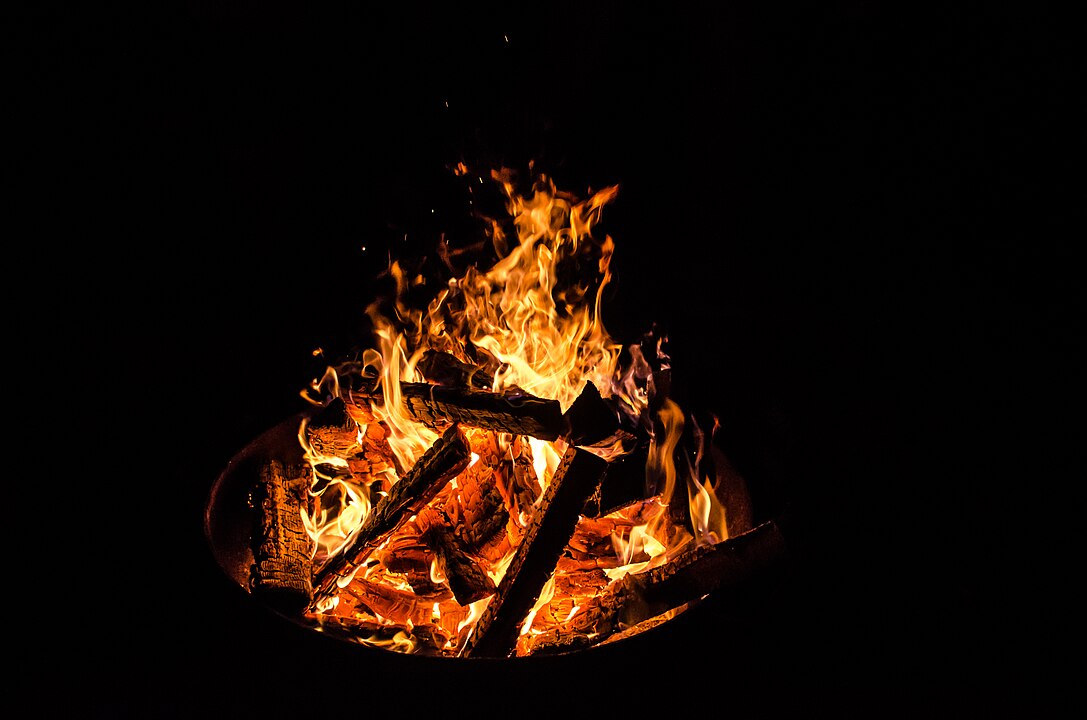
A small fire inside a snow cave, improvised hut, or cramped rock shelter looks efficient on the surface: more heat, less wind. In reality, poor ventilation can fill the space with smoke and carbon monoxide long before flames feel cozy. A sleepy, headachy survivor may simply slip into unconsciousness without recognizing the danger. Safer practice places a fire at the entrance or just outside, uses reflective walls or tarps to bounce warmth inward, and keeps airflow clear enough to carry toxins away.
Playing Dead For Every Bear Encounter

The blanket rule “play dead when a bear appears” sounds simple but ignores how differently species and situations behave. For a defensive grizzly protecting cubs or a carcass, dropping, protecting the neck, and staying still can signal that the threat has ended. For a black bear investigating a potential food source, the same response may invite bolder behavior. Predatory attacks from any bear call for loud resistance and escape. Treating all encounters as identical turns a nuanced decision into a coin toss.
Staying In A Car During Any Flash Flood
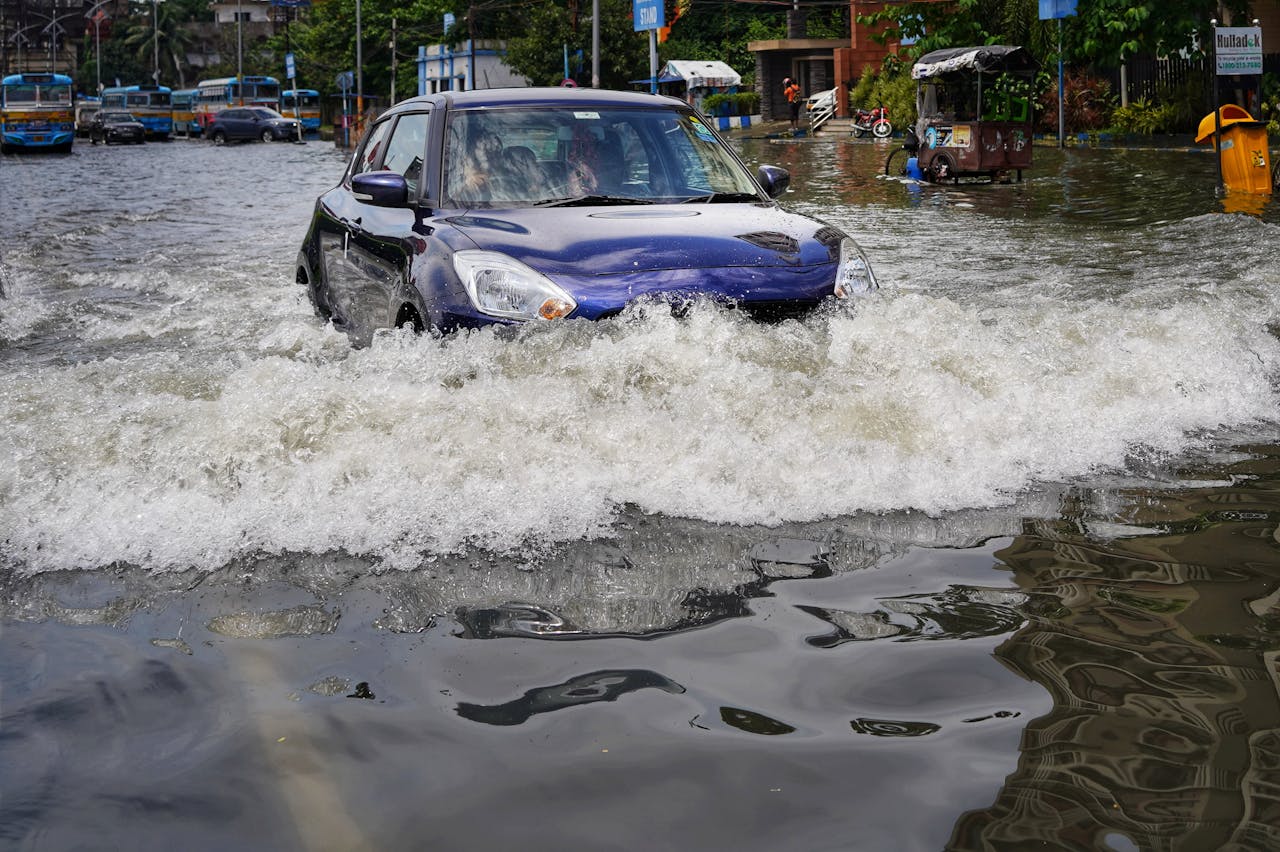
A vehicle feels solid, warm, and safe, so staying inside during rising water often seems sensible. Fast-moving floodwater can lift and push a car with as little as a couple of feet of depth, especially on washed-out roads where pavement has disappeared. Once a vehicle floats, control and stable footing vanish together, and doors may jam under pressure. The safer choice is usually made earlier: avoiding low crossings entirely or moving promptly to higher ground while escape paths are still open.
Walking Until Exhaustion Instead Of Securing Shelter
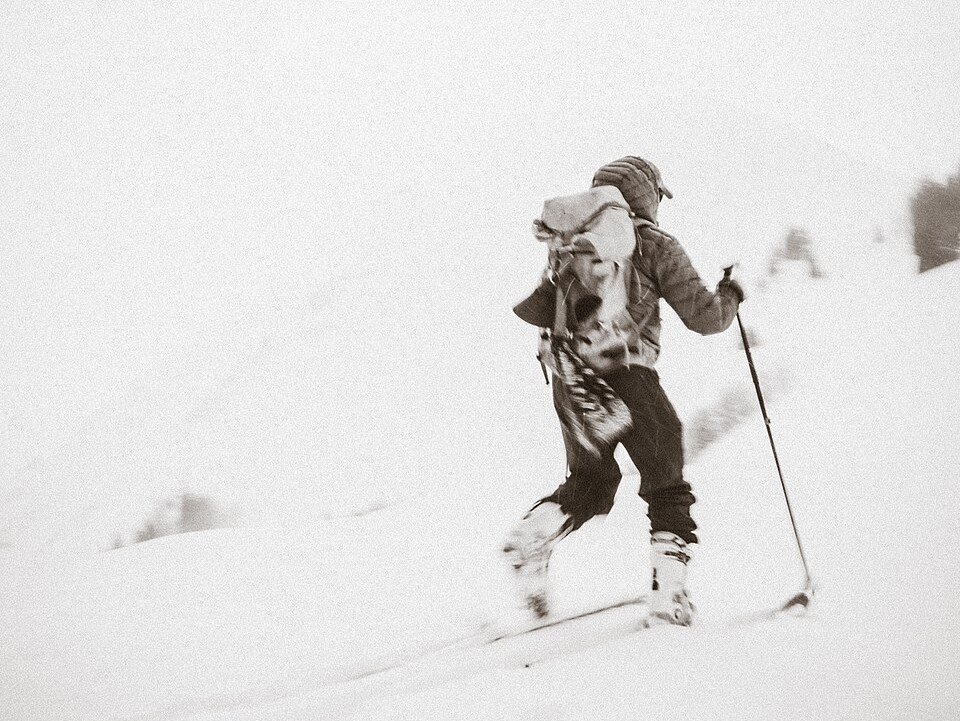
Stories of survival often highlight relentless movement, as if stopping equals giving up. In reality, wandering without a plan wastes calories, increases injury risk, and makes it harder for rescuers to predict a location. In harsh weather, early shelter and clear signals often matter more than extra distance. Movement still has a role when leaving immediate hazards or reaching known roads, but constant walking for its own sake often reflects panic, not strategy, and quietly drains the margin for error.
